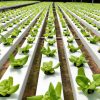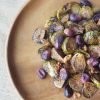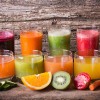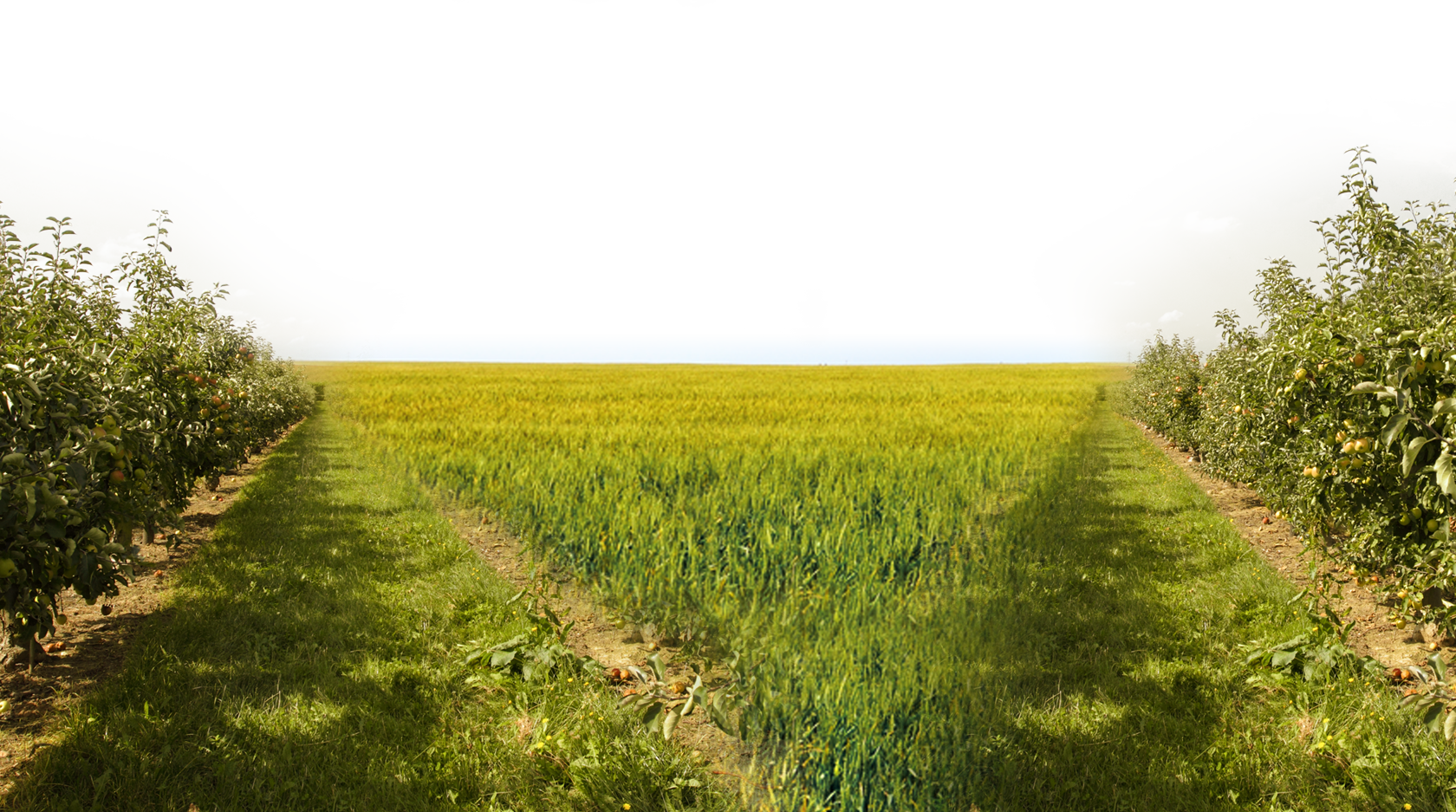
The dandelion: weed or super-food?
By Linda Bonvie | 0 Comments | Posted 05/15/2015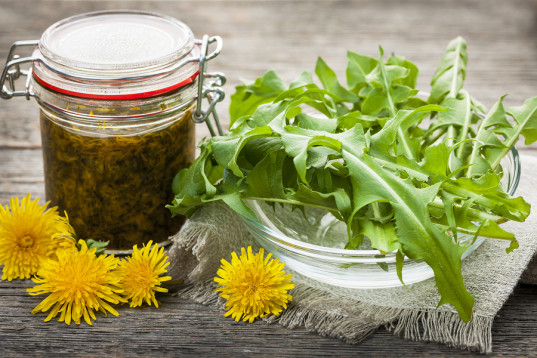
“If dandelions were rare and fragile, people would knock themselves out to pay $14.95 a plant, raise them by hand in greenhouses, and form dandelion societies and all that. But, they are everywhere and don’t need us and kind of do what they please. So we call them weeds and murder them at every opportunity.” Robert Fulghum, All I Really Need to Know I Learned in Kindergarten
Dandelions are likely the most abused hyper-healthy plant on the planet. More often than not, they are seen as the ruination of the perfect-lawn look. As a result, frighteningly, an estimated 80 million pounds of pesticides are used to eradicate them.
Although dandelions have a long history as a foodstuff and a medicine, it is only recently that the plant’s health and epicurean benefits have begun to be tapped in America. And springtime is prime time for harvesting emerging dandelion greens.
Many purists feel the first dandelion leaves of the season are the tenderest; best for adding to salads or stir fries. The flavor of early-season dandelion leaves has been likened to arugula.
If considering harvesting dandelions, it is imperative to assure the plants are free from human adulterants – and those tons of pesticides. They are best picked in the wild, or at least in areas set off from human impacts, including roadways.
Interestingly, dandelions do not aggressively thrive in the wilds. Where a groomed lawn can quickly entertain a veritable army of emerging dandelions, a less tame, woodsy environment greatly limits dandelion populations. However, those picked in the wilds often have a rich flavor, which can vary slightly with the soil and nearby environment.
Dandelions can also be grown from seeds, allowing them to thrive in the safety of a controlled garden setting. Dozens of varieties of organic dandelions seeds are now available. Many can be found on Amazon and eBay.
Though seeds are best planted in spring, to assure maximum blossoming – one of the plant’s finest aspects — they will germinate throughout the summer.
While dandelion leaves are a spring treat, all parts of the plant are edible, offering varying usages throughout the plant’s growth cycle. In fact, as the plant matures, so do many of its health and nutritional benefit. And those benefits are remarkable.
Per Mother Earth News, “(Dandelions) have long been used as a liver tonic and diuretic. In addition, the roots contain inulin and levulin, starchlike substances that may help balance blood sugar, as well as bitter taraxacin, which stimulates digestion …”
According to “Green writer” Heather Levin, “One half cup of dandelions contain more calcium than a glass of milk, and more iron than spinach. One cup of dandelion greens contains 19 mg of Vitamin C, and the leaves contain more Vitamin A than carrots. And if you need some Vitamin K in your life, there’s no better source than dandelion leaves; 55 mg of leaves contain a whopping 535% of your daily value.”
Possibly the sweetest use of dandelions is making jelly from the plant’s brilliant yellow blossoms. A great deal of the dandelion’s nutritional benefits are retained in the jelly.
Here’s a taste-tempting recipe from teaspoonofspice.com:
Dandelion Jelly
Makes about 5 1/2 cups
Ingredients:
- 3 cups packed very fresh dandelion blossoms (from unsprayed plants!)
- 4 cups water
- 4 cups sugar (don’t use less or jelly won’t gel)
- 1 box powdered pectin for recipes calling for less sugar
- 2 tablespoons bottled lemon juice (fresh lemons have varying acidity – so use bottled)
- 1 drop yellow food coloring’ if desired (without this coloring, the jelly is a bit more greenish)
Directions:
Using your thumbnail, cut and pluck the yellow blossom out of the tiny green leaves holding it. (Your thumb will get sticky and the flower will separate into petals.) Remove as much of the green as possible because green is bitter and turns the jelly green; I had just a tiny bit of green on almost each blossom.
In a medium saucepan, bring water to a boil. Add 1 1/2 cup blossoms; turn down to low and cook for 10 minutes. Turn off water and steep for about 15-20 minutes. Using a fine mesh strainer, strain out and gently push on blossoms to remove some of the water. Add water back to saucepan and bring to a boil. Add remaining blossoms; simmer for 10 minutes and strain out blossoms, pressing to remove water.
Measure steeping liquid to 3 cups; add sugar, pectin, lemon juice and food coloring and bring to a boil, stirring until sugar dissolves. Boil for 1 minute, then skim off foam with a wooden spoon.
Pour into hot sterilized half-pint jars leaving 1/4-inch headspace and store in the refrigerator – or process according to canner manufacturer’s instructions.


 Contact us
Contact us






